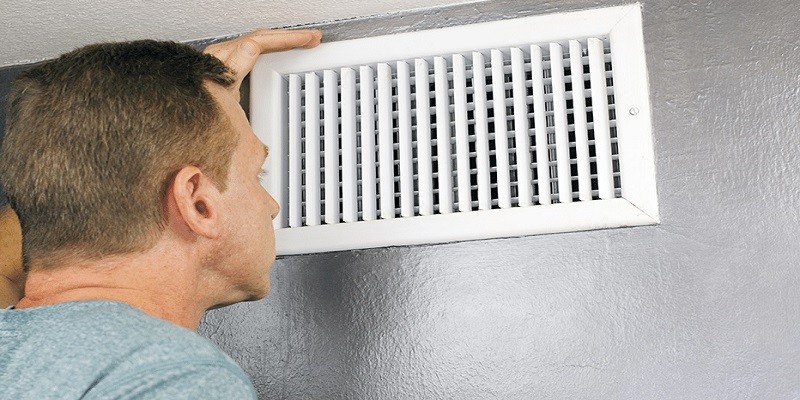There are several common myths about air filters that can lead to misconceptions about how they work and how to use them properly. Here are some common air filter myths:
Myth #1: Air filters only need to be replaced when they are visibly dirty
Fact: It’s not uncommon for people to wait until their air filter is visibly dirty before replacing it. However, this is not the best approach to maintaining your air filter. Air filters can become clogged with particles even if they don’t appear dirty, and a clogged air filter can reduce the efficiency of your heating, ventilation, and air conditioning (HVAC) system and lead to higher energy costs. It’s generally recommended to replace your air filter every one to three months, depending on the specific type of filter and the level of air pollution in your home.
Myth #2: Higher-rated air filters are always better
Fact: Air filters are rated based on their efficiency at capturing particles of a certain size. A higher rating does not always mean that the air filter is better. In fact, a filter with a higher rating may be more difficult to maintain and may need to be replaced more frequently. It’s important to choose an air filter that is appropriate for your specific needs and the level of air pollution in your home.
Myth #3: Air purifiers can completely eliminate all allergens from the air
Fact: While air purifiers can be effective at reducing the levels of certain allergens in the air, it is not possible for them to completely eliminate all allergens from the air. Air purifiers work by pulling in air from the room and passing it through a filter or other type of technology that captures contaminants. While this can help to reduce the concentration of allergens in the air, it is not possible to completely eliminate all allergens. To reduce your exposure to allergens, it’s important to follow a combination of strategies, including using an air filter or air purifier, controlling humidity levels, and removing sources of allergens from your home.
Myth #4: Air filters and air purifiers are the same things
Fact: While air filters and air purifiers both work to remove contaminants from the air, they are not the same thing. An air filter is a device that is installed in your HVAC system and is designed to remove particles from the air as it passes through the system. An air purifier for asthma, on the other hand, is a standalone device that is designed to remove contaminants from the air in a specific room or area. Air purifiers work by pulling in air from the room and passing it through a filter or other type of technology that captures contaminants.
Myth 5: Higher-priced air filters are always better
Truth: Not so! The price of an air filter does not necessarily reflect its quality or effectiveness. While higher-priced air filters may offer additional features or benefits, such as a longer lifespan or the ability to remove a wider range of contaminants, they may not always be the best choice for your specific needs. For instance, Honeywell air filters can be bought online that are quite reasonably priced, yet also provide the same filtration as much costlier products. It’s important to consider the specific features and benefits of an air filter and how they align with your specific needs and preferences before making a purchase.
Myth 6: Air filters only need to be used in homes with pets or allergies
Truth: While air filters can be particularly beneficial in homes with pets or allergies, they can be used in any home to improve air quality. Air filters can remove a wide range of contaminants from the air, including dust, dirt, and other particles that can contribute to indoor air pollution. Using an air filter can help to improve the overall air quality in your home and create a healthier living environment.
Myth 7: Air filters only need to be used during certain seasons
Truth: It is not necessary to only use an air filter during certain seasons. Contaminants, such as dust, dirt, and pet dander, can be present in the air year-round, and using an air filter can help to remove these contaminants from the air regardless of the season. While you may need to adjust the frequency with which you change your air filter based on the season and the level of contaminants in the air, it is generally a good idea to use an air filter year-round to improve the air quality in your home.
By debunking these common air filter myths, you can make informed decisions about how to use air filters in your home to improve the air quality and create a healthy, fresh home.
Last Updated on January 31, 2023 by Marjorie R. Rogers, MA (English), Certified Consultant

